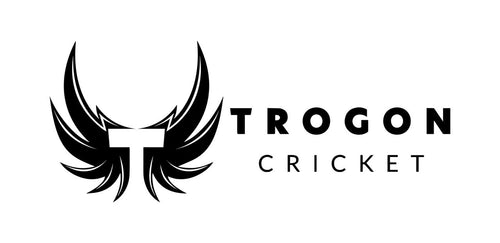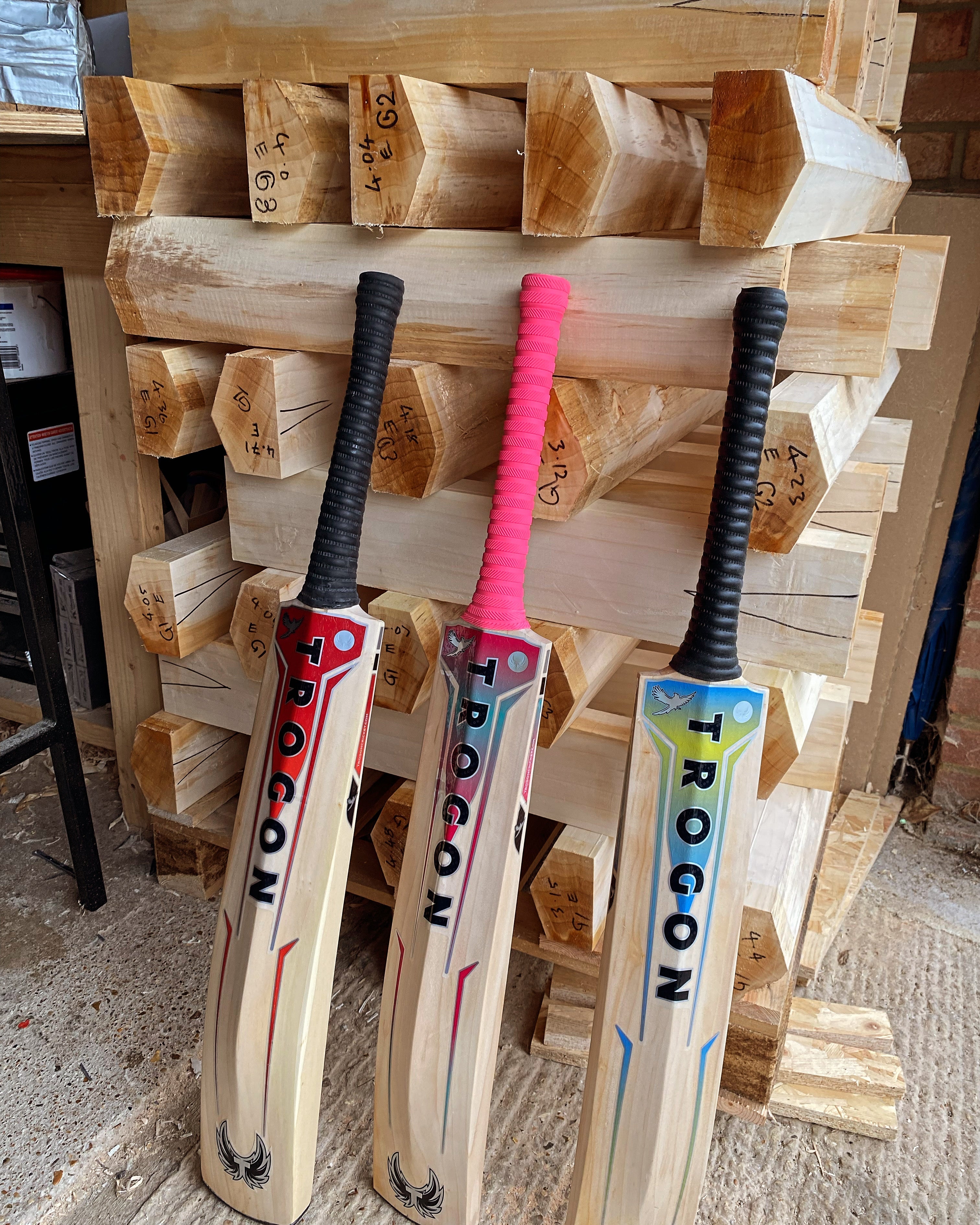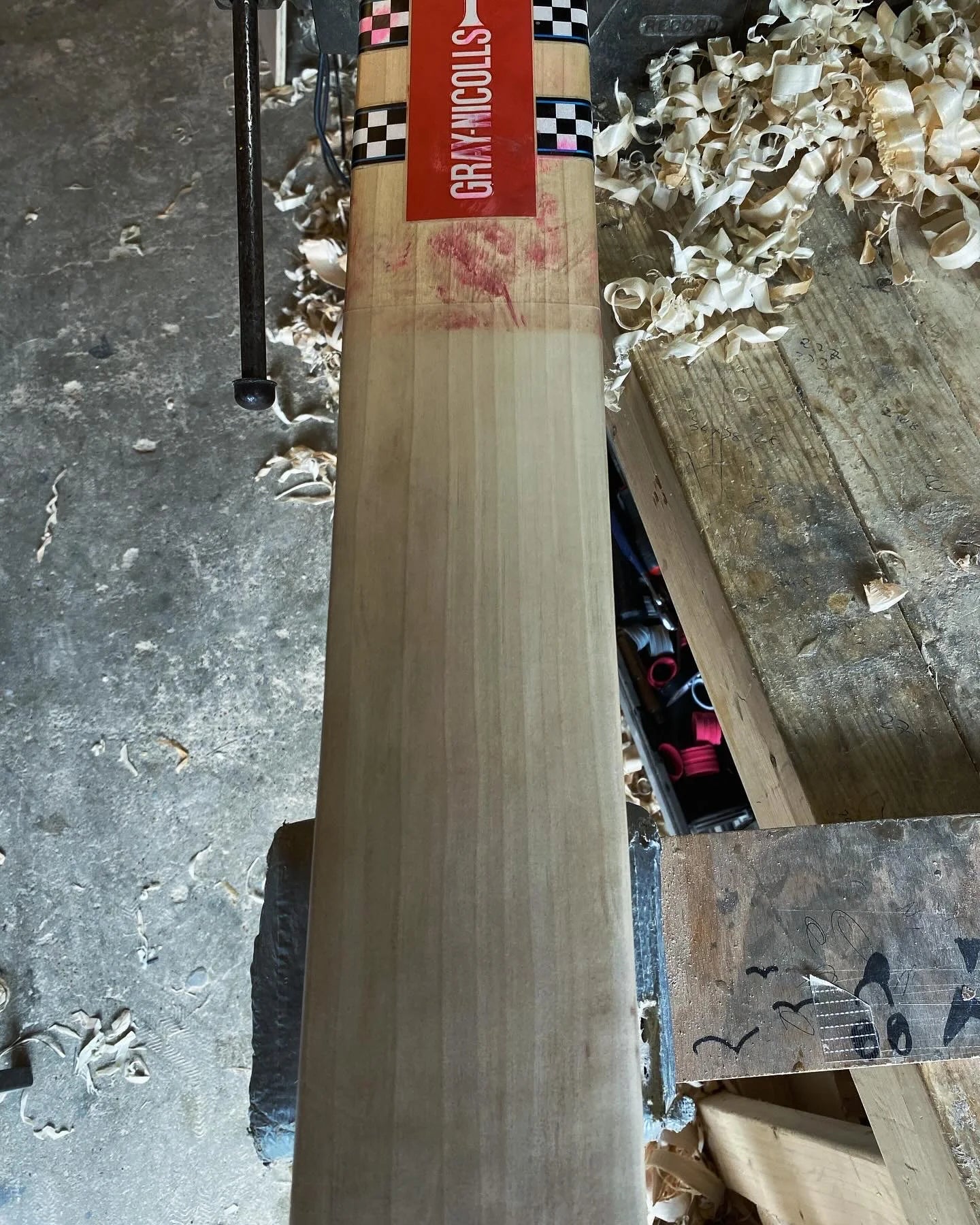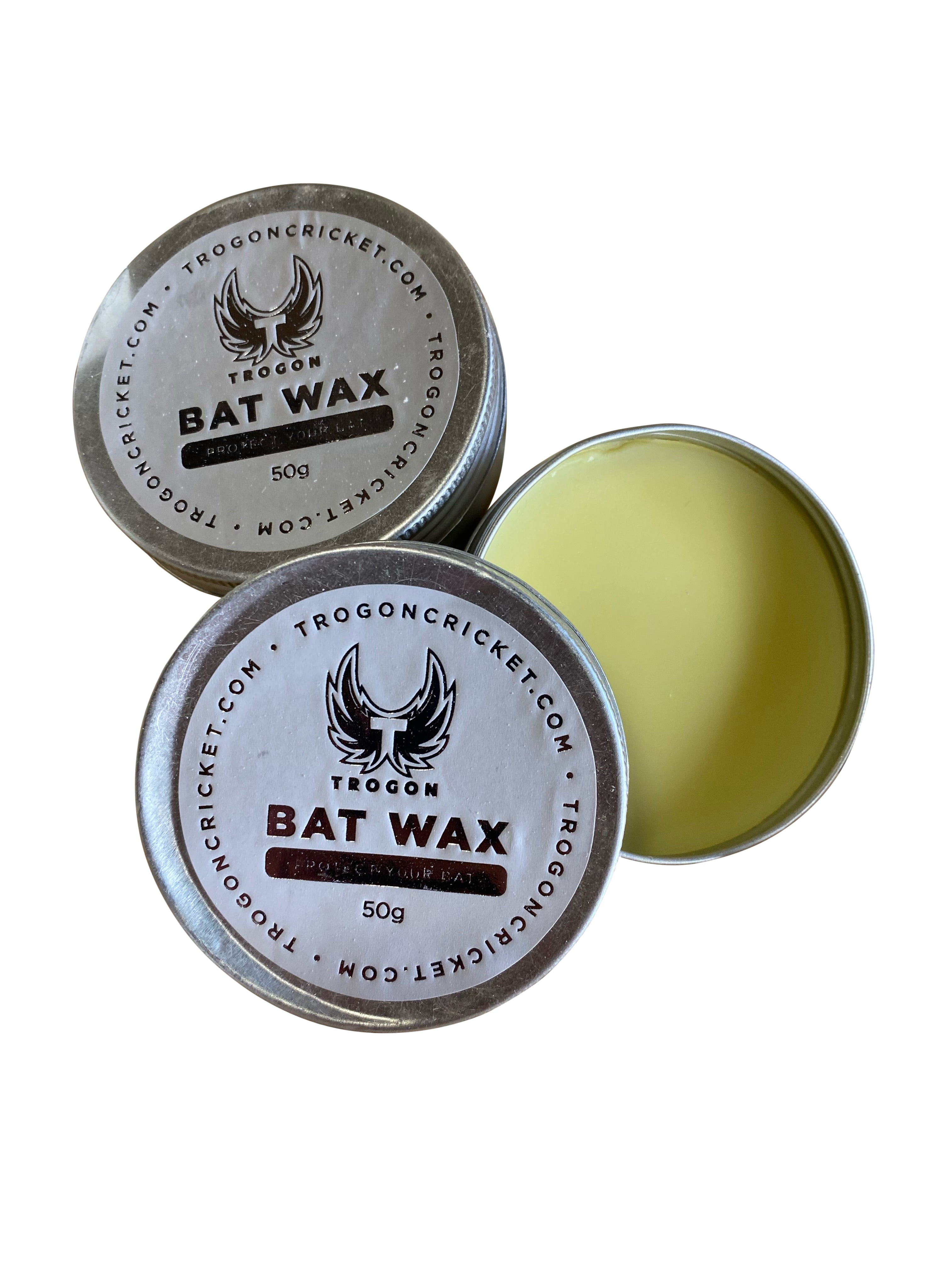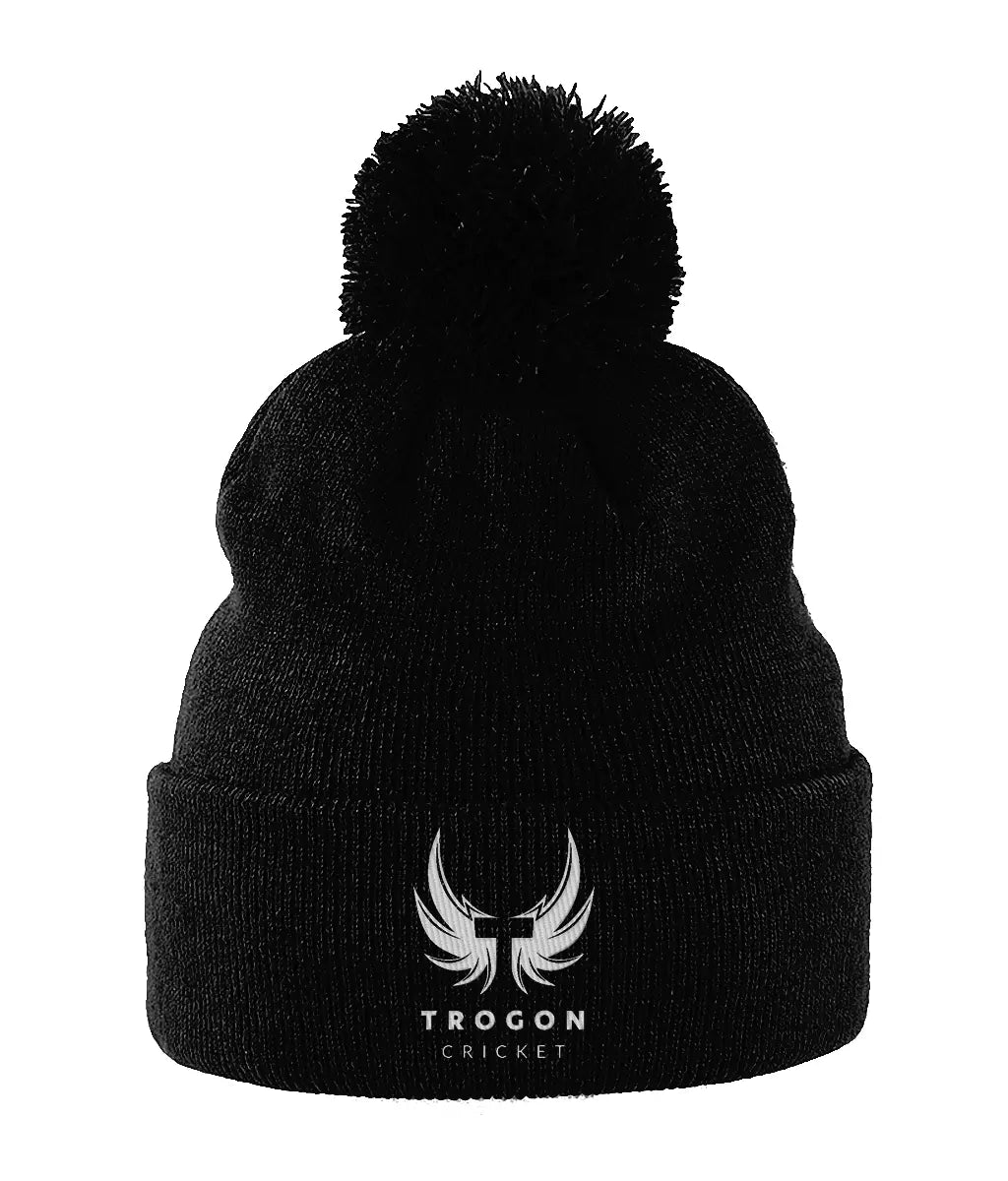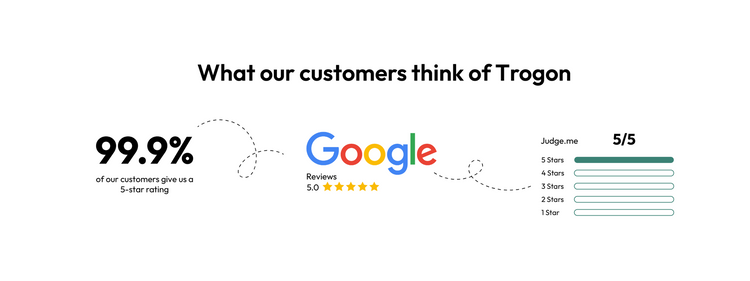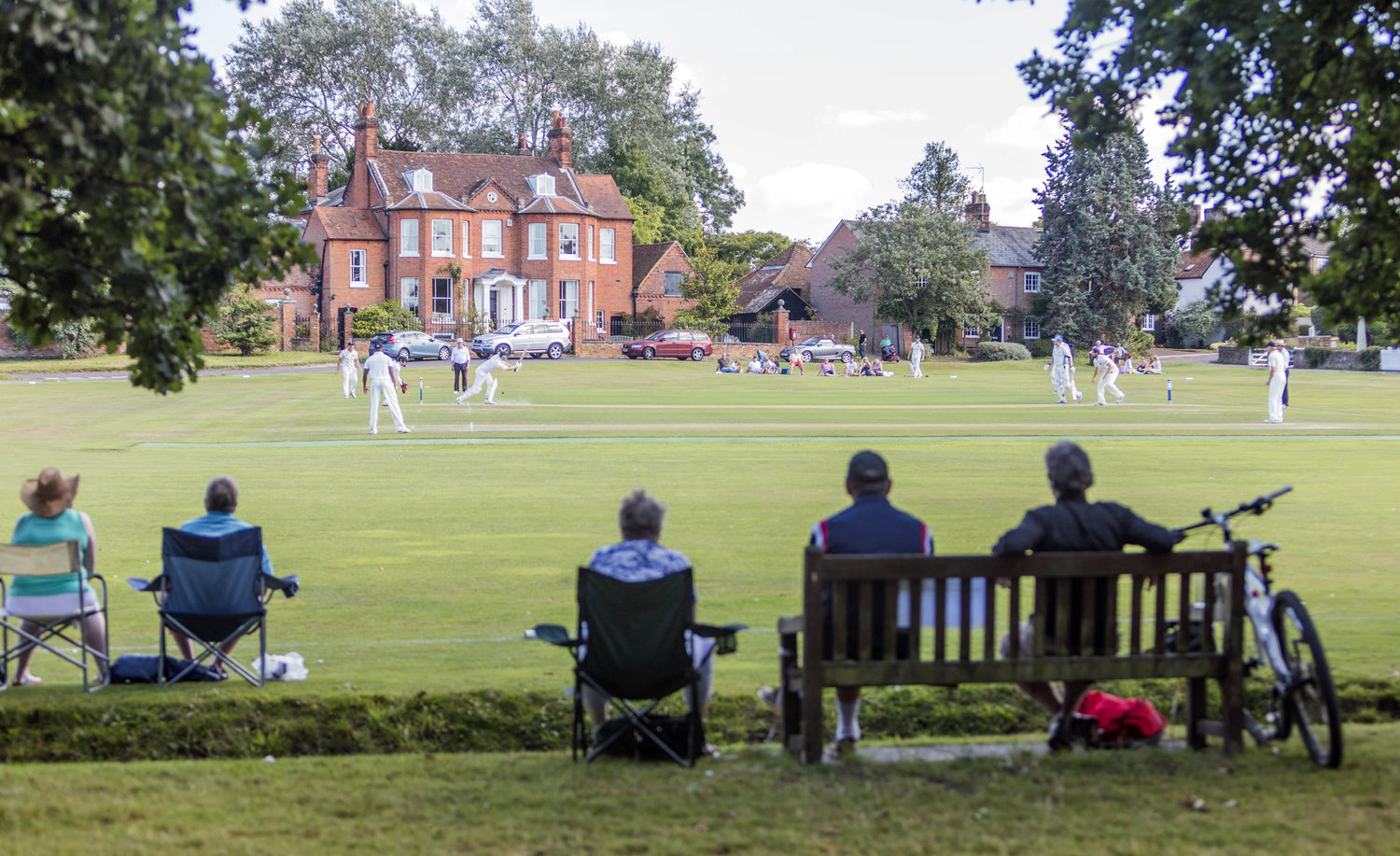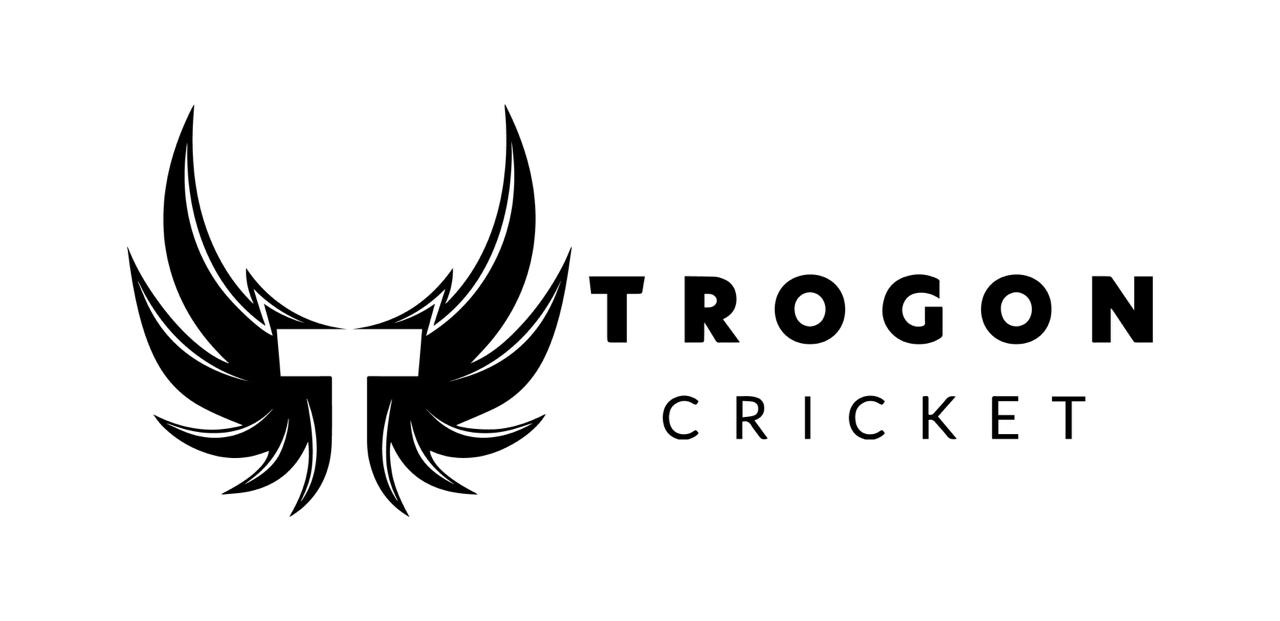As a bat maker at Trogon Cricket, I've seen firsthand the difference that bat pressing makes in the quality and performance of both custom-made bats and off-the-shelf cricket bats.
But in a nutshell, what are these main differences?
Custom-made cricket bats offer personalised pressing, tailored craftsmanship, and higher quality wood selection, enhancing performance and durability. Off-the-shelf bats, mass-produced with standardized pressing, may lack these customisations, leading to variability in quality.
This post will delve into the nuances between these two types of bats, focusing particularly on how bat pressing contributes to their distinct characteristics and why it should be a key consideration when choosing a bat.
Point to note: This article relates to buying off-the-shelf cricket bats from sports shops and not independent cricket shops who work with independent bat makers.
So carry on reading and get all the nitty gritty details so you can make an informed decision next time you buy a bat.
Understanding Cricket Bat Pressing
Before exploring the differences between custom-made bats and off-the-shelf cricket bat options, it's crucial to understand what bat pressing entails and why it is so important.
Bat pressing is a process where the bat’s blade is subjected to controlled pressure, compacting the wood fibres to harden the surface. This procedure enhances the bat's durability, improves its "ping" or rebound effect, which play a vitally important role in how well the cricket bat is going to perform.
Bat pressing is not a one-size-fits-all process; the pressure applied can vary depending on the cleft in question. Remember each cleft is a natural product and no cleft is the same, so each requires a personalised approach to pressing, with testing along the way.

The above picture shows me pressing a cleft, I test the ping on each cleft by ear, using a mallet an old and new cricket ball to make sure I'm hearing the right, rich, deep sound I'm looking for.
Every bat maker has their own way of pressing and what they are looking for, this is my process and I'm happy with the process and results.
Now, a well-pressed bat can offer significant performance and longevity advantages (especially when knocked in well), bringing us to the core of our discussion: 'the difference between custom-made bats and off-the-shelf cricket bats.'
Custom-Made Bats: A Tailored Experience
Personalized Pressing
One of the standout features of custom-made bats is the level of personalization they offer. In custom bat making, every aspect of the bat, including the pressing, can be tailored to meet the specific needs and preferences of the player, while sticking to the MCC rules around bat shape.
This customization extends to the amount of pressure used during the bat-pressing process. For example, some players may prefer a slightly softer press to achieve a particular feel or balance, while others might opt for a harder press for enhanced durability and power - these are all points discussed with the buyer before the bat-making process starts.
Wood Selection and Quality Control
Custom-made bats often use high-quality willow, selected for its specific characteristics, such as grain density and moisture content. This careful selection ensures that the wood responds well to the bat-pressing process, achieving the desired hardness without compromising the bat’s flexibility.
The ability to choose from different grades of willow—ranging from Grade 1 (the highest quality) to Grade 3—allows players to select a bat that best matches their playing style and budget.
The below image shows a selection of the willow I keep in my workshop every week, ready to be pressed and made into cricket bats of all shapes and sizes.

Fine-Tuned Craftsmanship
The craftsmanship involved in creating custom-made bats is meticulous. Skilled bat makers can adjust the pressing process based on the bat’s design, such as the shape and thickness of the edges, the middle position (low, middle or high), and the overall weight to name a few.
Off-the-Shelf Cricket Bats: Mass Production Trade-Offs
Standardised Pressing
Off-the-shelf cricket bats typically mass-produced, often undergo a standardized pressing process. This means that all bats receive the same amount of pressure during manufacturing, regardless of individual player preferences. While this approach is efficient and cost-effective, it can result in a bat that may not fully meet a player’s specific needs in terms of feel and performance.
Varied Quality
The quality of off-the-shelf bats can vary significantly. While some are made from high-grade willow and pressed adequately, others may use lower-quality materials and undergo insufficient or excessive pressing. This inconsistency can affect the bat’s performance, durability, and overall playing experience, which in the worst-case scenario can result in injury and should be avoided.
Limited Customization
With off-the-shelf bats, players have limited options for customization. These bats are typically available in standard shapes, sizes, and weights, with little to no opportunity for personal adjustments. For players with specific preferences or unique requirements, this lack of customization can be a significant drawback.
Things to consider: Look, by writing the above, you might think I'm completely against 'off-the-shelf' cricket bats, which isn't the case, and this only relates to off-the-shelf in sports shops, if you go and buy and off-the-shelf cricket bat in a cricket shop the quality is superb, you don't get the level of customisation but the bats will be brilliant, especially if you are buying from a small independent bat maker. .
The Impact of Pressing on Performance and Longevity
Performance
Bat pressing directly influences a bat’s performance by affecting its "ping" or rebound effect. A well-pressed bat offers a superior ping, translating to more power and control when hitting the ball.
Off-the-shelf bats, while convenient, may not always deliver the same level of performance due to the standardised pressing process. Players might find these bats lacking in responsiveness or feel, which can impact their confidence and effectiveness on the field, but again this only relates to bats being purchased from sports shops.
Choosing the Right Cricket Bat for You
When selecting a cricket bat, understanding the differences between custom-made bats and off-the-shelf cricket bats, especially regarding the bat pressing process, is essential. Here are some factors to consider:
- Playing Level: Serious players, including those in competitive leagues or aspiring professionals, may benefit significantly from the tailored experience of a custom-made bat, where pressing and other specifications can be fine-tuned to their playing style.
- Budget: Custom-made bats often come at a higher price point due to the craftsmanship and quality materials involved. However, they can offer better performance and durability. Off-the-shelf bats are generally more affordable but may require compromises on quality.
- Preferences and Specifications: If you have specific preferences regarding bat weight, balance, and feel, a custom-made bat is likely to meet your needs better. Off-the-shelf options might suffice for casual players or those less particular about their equipment.
Conclusion: The Trogon Cricket Approach
At Trogon Cricket, we specialize in crafting custom-made cricket bats that cater to players' individual preferences and needs.
Our bats are available in all grade 1, grade 2, and grade 3 and we offer a variety of shapes, sizes, and weights to suit different playing styles.
Our commitment to quality ensures that every bat undergoes meticulous bat pressing, tailored to optimize performance and durability.
Buying With Confidence from Trogon
If you've reached this point, I sincerely thank you for reading it all through. Your interest and support mean the world to me, and it's greatly appreciated.
Whether you're here to learn more about our cricket bats or other products or just out of curiosity, your engagement makes a real difference. Thank you for being part of our Trogon journey.

Trogon Product Guarantee
6-month guarantee on all cricket bats. That means if you purchase a bat through us and it breaks, as long as it has been knocked in properly, we will replace it like for like. This is our commitment to you on top of your statutory protections when buying products online.
Click on the below link and see our collection of Custom made cricket bats and see all the options that are available to you.
